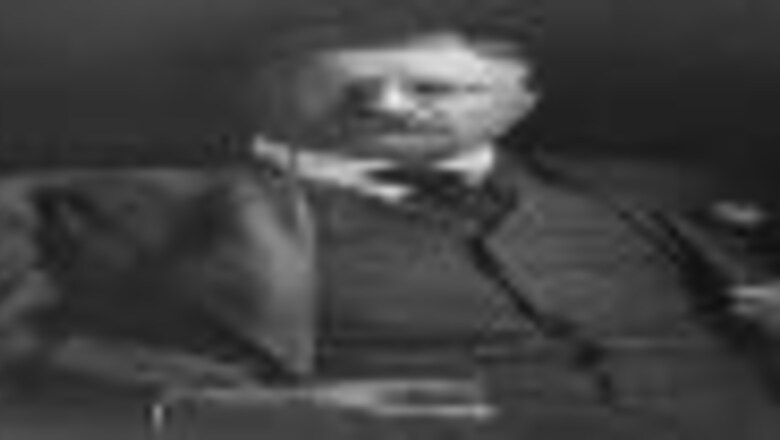
views
Ironically, the organisation of another International Exhibition contributed to the moving of the 1904 Games' venue from Chicago to Saint-Louis, Missouri, from July 1 to November 23.
The decision was taken personally by Theodore Roosevelt to mark the centenary of Louisana's links with the United States.
But the mix of people produced a second organisational disaster after Paris. The Olympic image emerged tarnished.
Sparse participation
Saint-Louis brought together around 600 athletes, 580 of them Americans, from only a dozen countries. The long Atlantic crossing discouraged many teams from making the effort to turn up.
But those who did benefitted from their fellow citizens, already on American soil, to win several medals.
Saint-Louis produced a local hero - Archie Hahn, who won three titles (60m, 100m and 200m) in athletics.
But scandal erupted: the winner of the marathon, the American Fred Lorz, was disqualified for accepting a lift in a car during the race. Initially, he was hailed a true hero at the finish.
But Alice Roosevelt, the President's daughter, had taken a photograph of his audacious move and he was eventually disqualified. Victory was handed to his compatriot, Thomas Hicks, who was also helped on his way by two shots of strychnine and several glasses of cognac.
At that time antidoping controls were non-existent.
For the very first time winners received gold medals, with the Americans receiving the majority, winning 79 gold and 244 medals in total.
But, as in Paris, the Olympic Games did not really come to life. Too many categories, too spread out, too many attractions besides sport.
Barely two thousand spectators followed the athletics events.




















Comments
0 comment